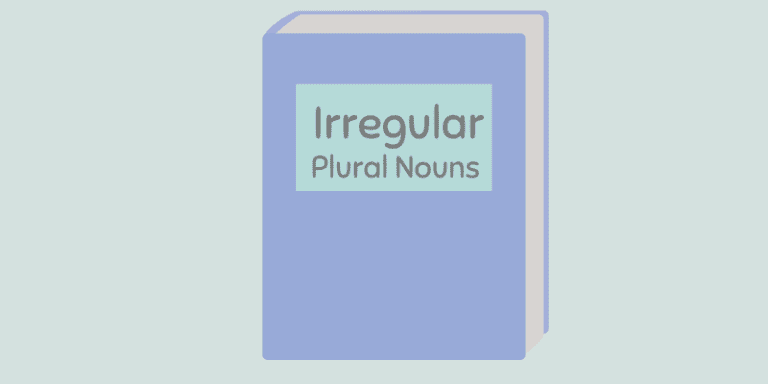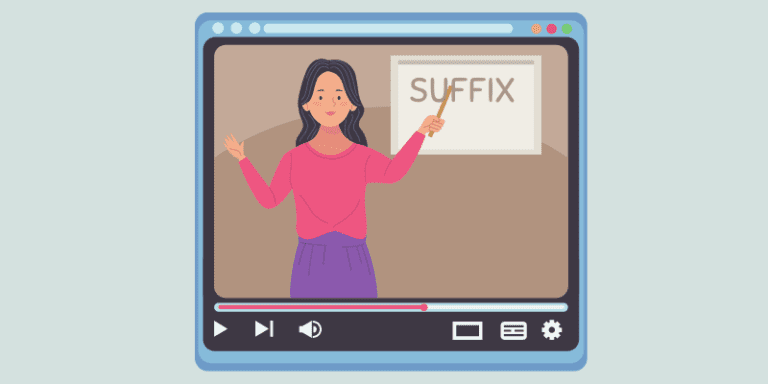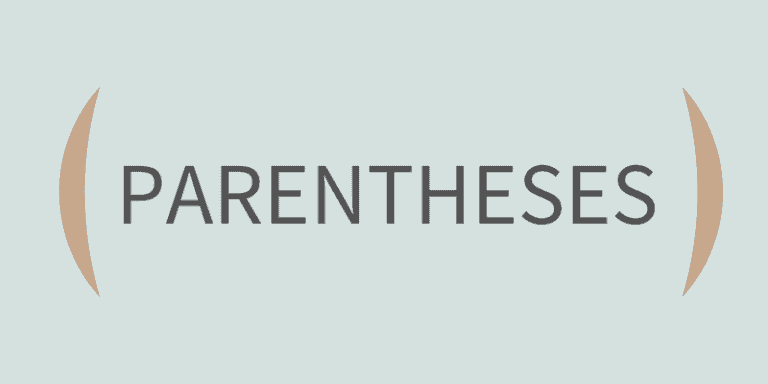16 Comments
Irregular plural nouns
In English, there are hundreds of nouns that don’t follow the standard rules for pluralization. There are no easy ways to remember them, so they generally have to be memorized. Some of the rarer irregular plurals are often misused, leading to the creation of variant forms, which usually encounter resistance at …





